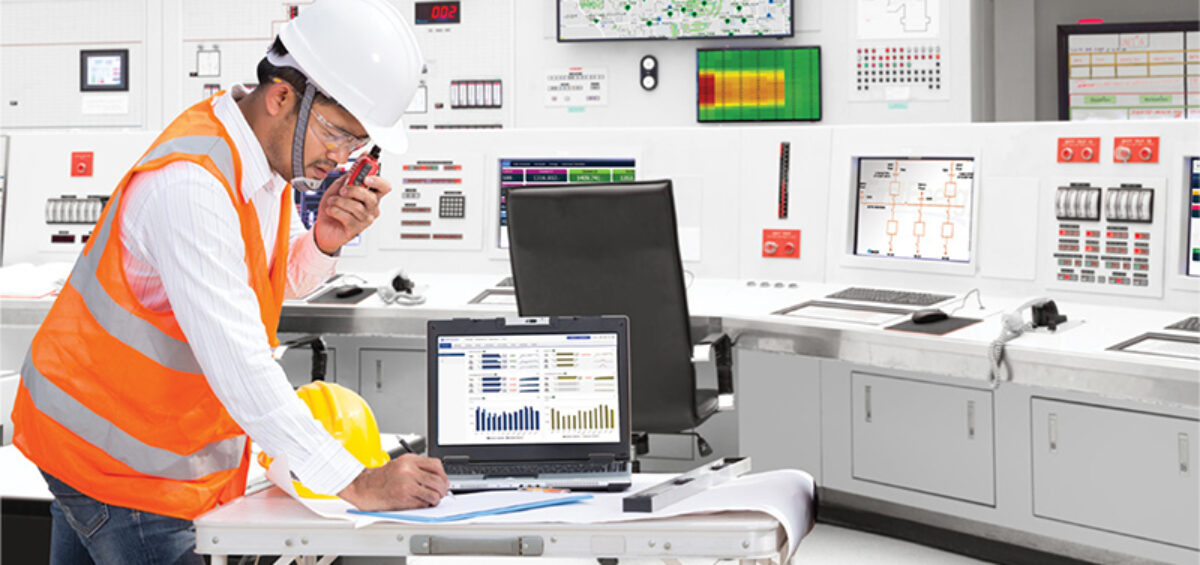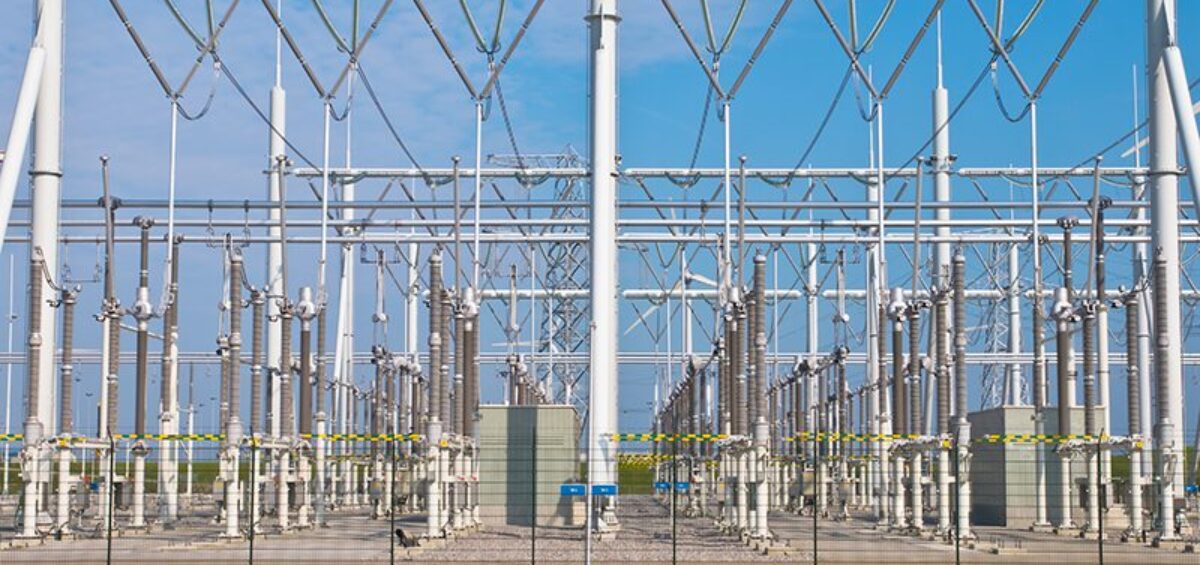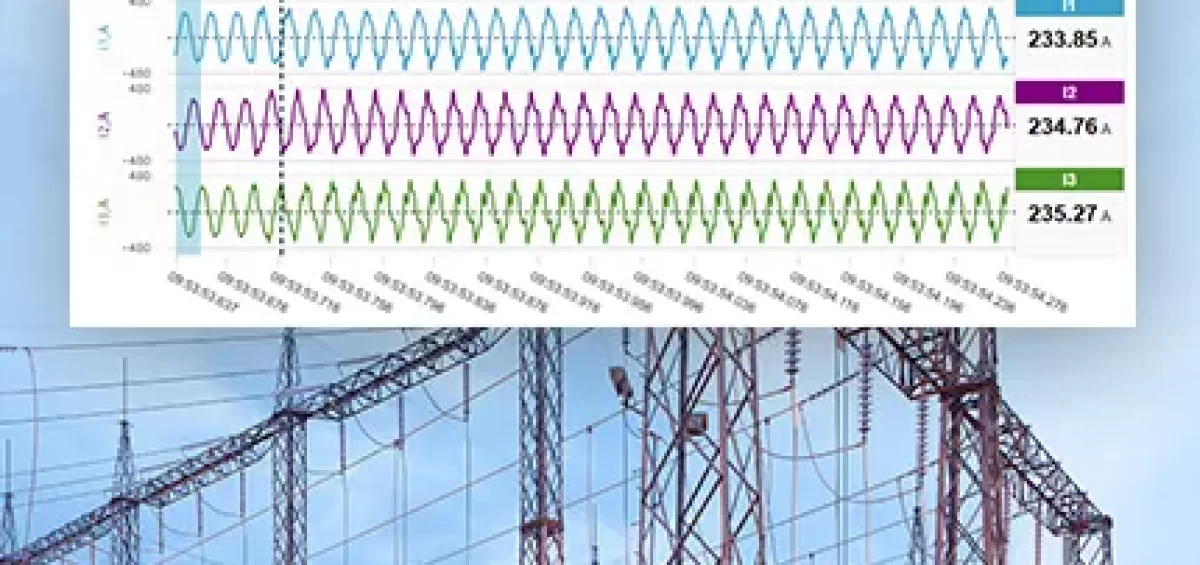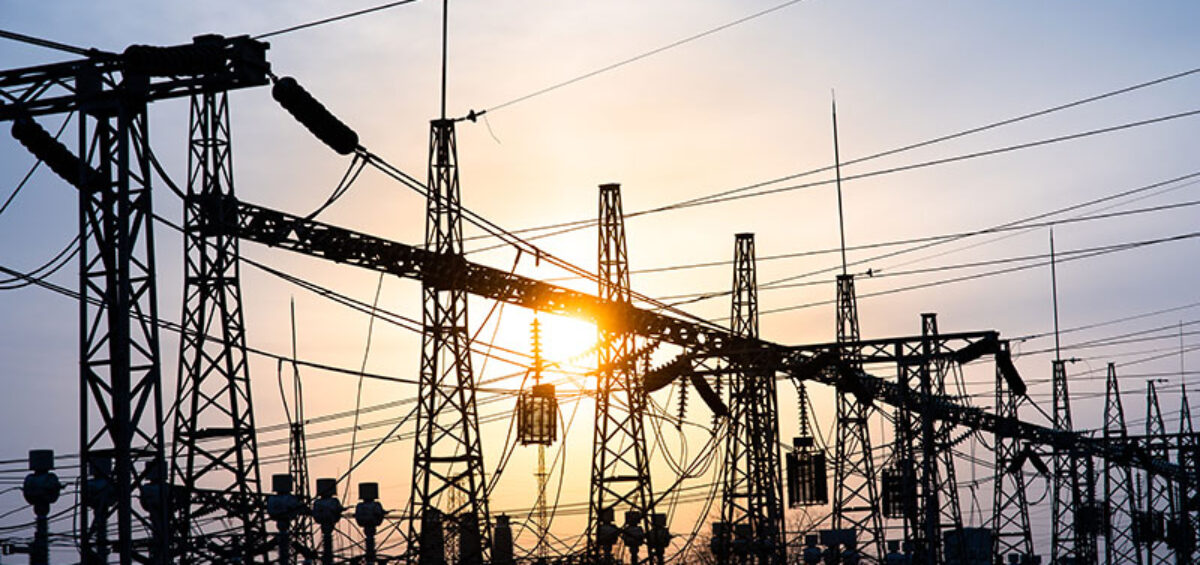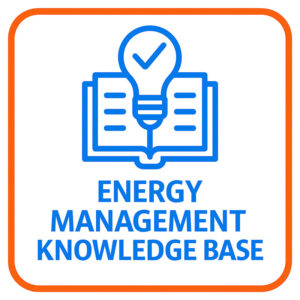With the integration of renewable energy sources, smart grid technologies and a growing need for real-time data, utilities require advanced monitoring tools to ensure grid stability, reliability, and efficiency.
Blog
This is a category description.
When discussing energy systems, particularly in the context of the Australian Energy Market Operator (AEMO), the terms resolution and accuracy play crucial roles in ensuring the stability and reliability of the grid.
Automatic Demand Response (ADR) is a technology that allows businesses to automatically adjust their energy consumption in response to signals from utility companies or grid operators.
The rise of Electric Vehicles (EVs) and the emergence of Vehicle-to-Grid (V2G) technology are revolutionising energy management across Australia. With more Australians choosing EVs, the potential for these vehicles to help stabilise the energy grid is growing.
In the modern world, where electricity is an essential part of everyday life, the stability and reliability of power systems are of paramount importance. One crucial aspect of maintaining a stable power grid is ensuring the balance between electricity supply and demand.
In today’s energy-driven world, ensuring optimal power quality is crucial for maintaining the efficiency and reliability of electrical systems.
With the ongoing transformation of electrical grids worldwide, especially with the increasing integration of renewable energy sources, advanced automation and monitoring solutions within substations are more important than ever.
Power quality, or PQ for short, relates to the reliability and consistency of the electric energy delivered by the grid. Since the grid is a closed ecosystem, overall power quality is as well influenced by the character of electric loads feeding off the power grid.
As modern electrical grids evolve with the increasing integration of renewable energy sources and the complexities of smart grid technologies, the need for precise and comprehensive power quality (PQ) monitoring has never been greater.
The world is increasingly being powered by solar and wind, and switching to use Inverter-Based Resources to leverage these renewable energy sources.






